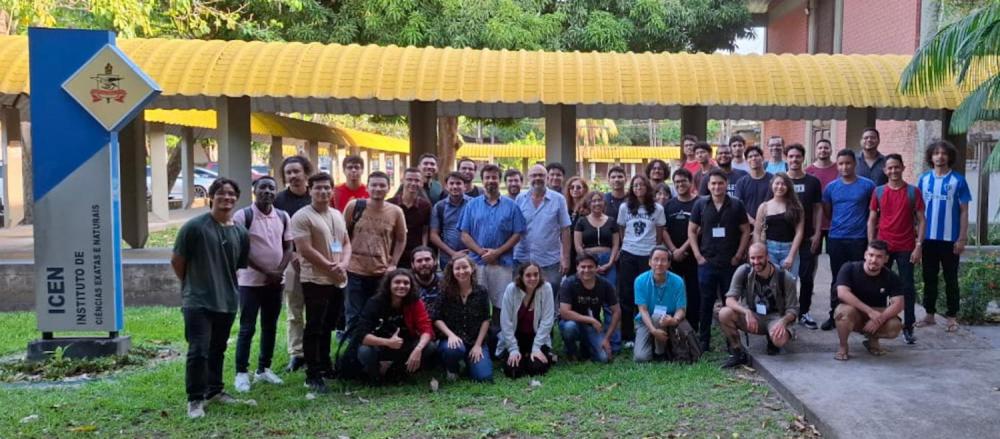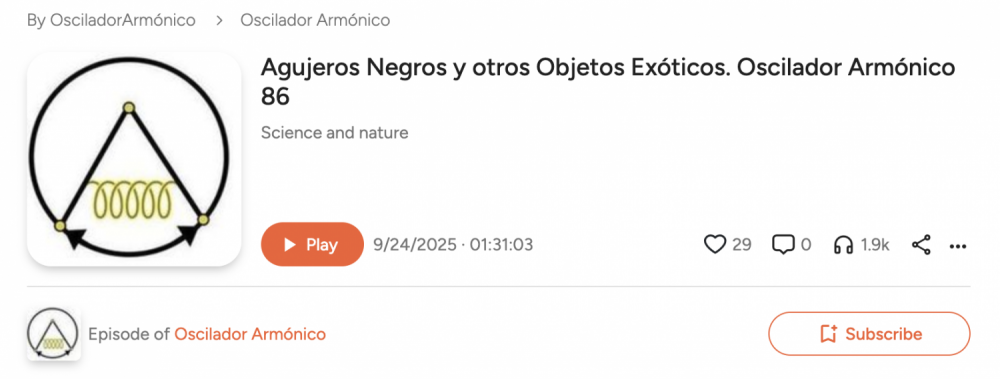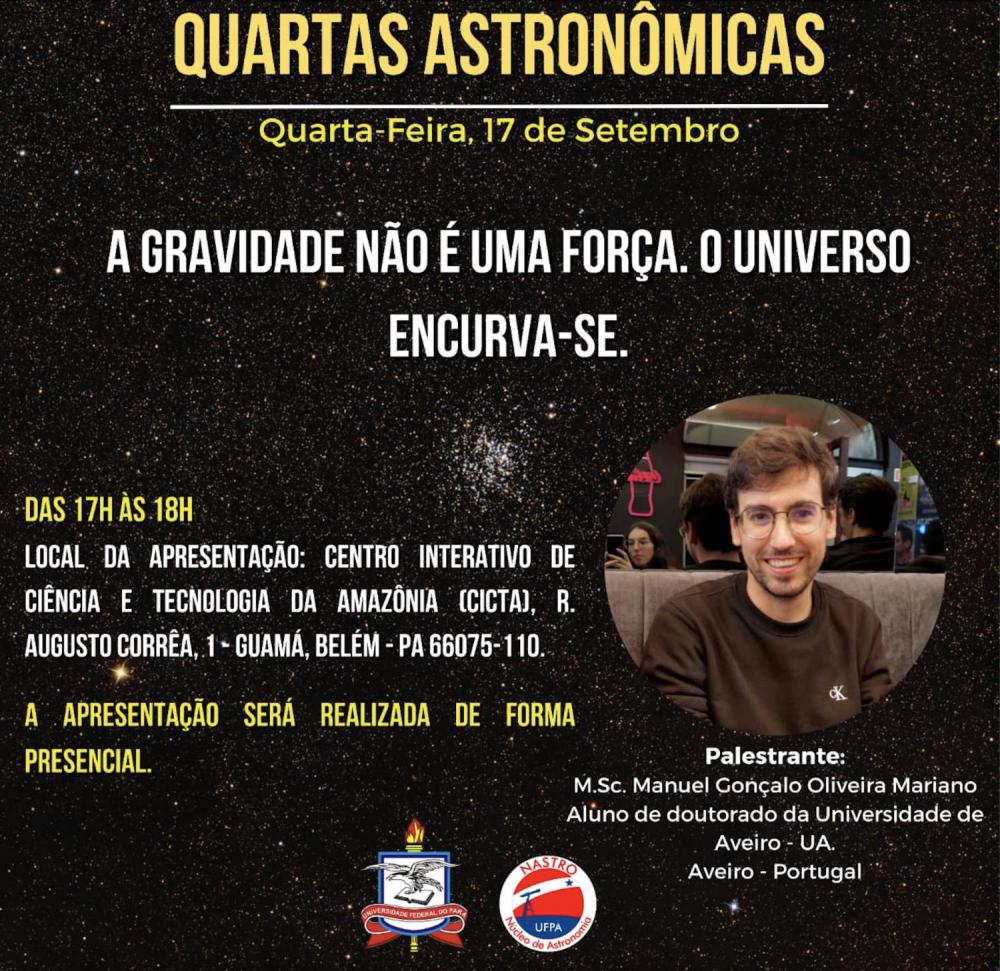Strong Gravity News & Events
Discussion of the paper "The Great Impersonation: W-Solitons as Prototypical Black Hole Microstates", by A. Dima et al.
The Great Impersonation: W-Solitons as Prototypical Black Hole Microstates
Alexandru Dima, Pierre Heidmann, Marco Melis, Paolo Pani, Gela Patashuri
| arXiv:2509.18245 [gr-qc] |
John Ioannidis standardized citation indicators
The annual global study led by John Ioannidis (Stanford University, USA), based on Elsevier’s Scopus citation data for 2024, ranked the world’s most influential scientists. The list includes 3 from Gr@v: P. Cunha, C. Herdeiro and E. Radu. See here the U. Aveiro coverage.
Meeting in Belém, Brazil, co-organized by NewFunFiCO
The VII Amazonian Symposium in Physics took place in the week of Sep. 23rd 2025. Another stimulating meeting with great talks and scientific interaction. Thank you to all participants and Prof. Luis Crispino for his leadership.
Contribution to "Oscilador Armónico"
Listen here to the contribution of C. Herdeiro to the spanish podcast "Oscilador Armónico", chating with Isabel Cordero Carrión and António Rivera Nebot about black holes and exotic compact objects (in spanish).
Discussion of the paper "The Great Impersonation: W-Solitons as Prototypical Black Hole Microstates", by A. Dima et al.
The Great Impersonation: W-Solitons as Prototypical Black Hole Microstates
Alexandru Dima, Pierre Heidmann, Marco Melis, Paolo Pani, Gela Patashuri
| arXiv:2509.18245 [gr-qc] |
Electrically Charged Hyperboloidal Evolution

We present the Einstein-Maxwell-Klein-Gordon system in hyperboloidal slices, a recent formulation for extracting signals at future null infinity. As far as we know, this is the first time this setup is evolved with a common formulation like BSSN/Z4. Using hyperboloidal slices, contrary to other recent methods like Cauchy-Characteristic Matching, we can continuously reach future null infinity.
Lucas Cordeiro
Photon rings and shadows of Kerr black holes immersed in a swirling universe

We discuss the existence and locations of light rings in the spacetime of a Kerr black hole immersed in a swirling universe– in other words, the immersion of a rotating black hole into a rotating background. As the spin-spin interaction between the black hole and the background breaks the upper-lower hemisphere symmetry, it allows for interesting new features.
Outreach talk by Manuel Mariano
During a secondment to Belém, within the NewFunFiCO project, Gr@v Ph.D. student Manuel Mariano gave a public talk



